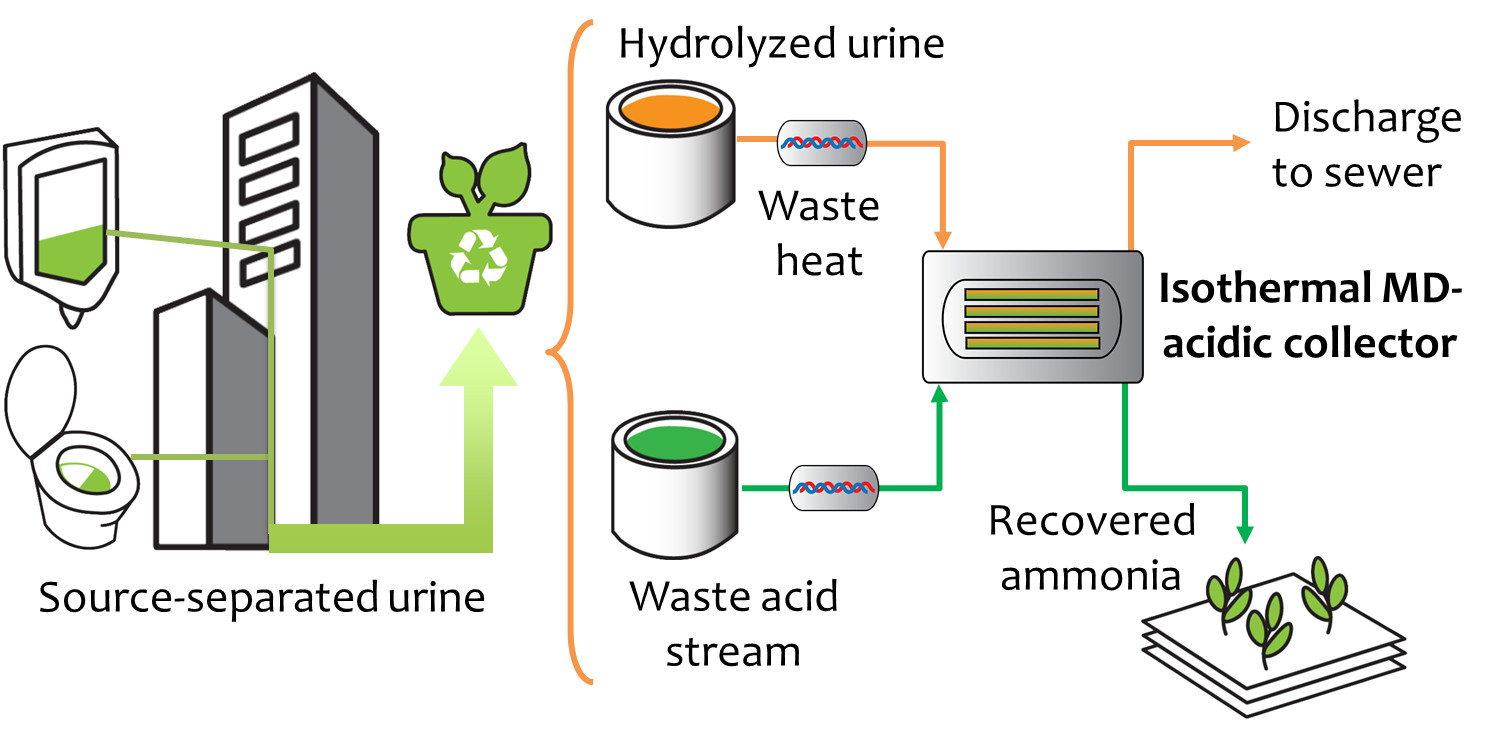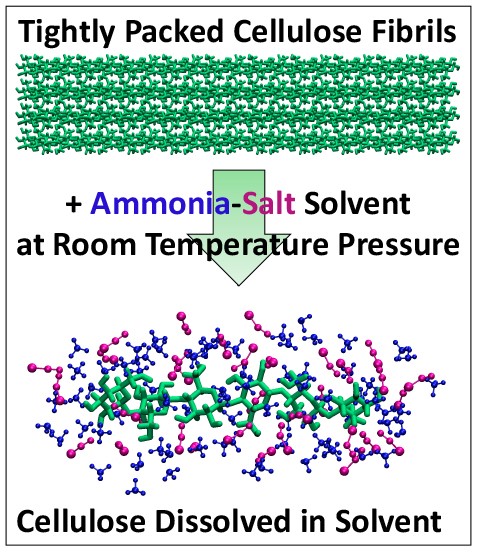In a major step toward sustainable chemistry, scientists have uncovered a new way to significantly boost the electrochemical reduction of nitrate to ammonia through the in-situ evolution of electrocatalysts. This breakthrough provides a cleaner alternative to the traditional ammonia synthesis process and a solution to the critical issue of nitrate pollution in water systems.
Tag: Ammonia

Emily Carter wins prestigious Marsha I. Lester Award from American Chemical Society
Nominees for the award must be members of the ACS’s physical chemistry division. The winner receives the award at the meeting, gives a research presentation, and receives an honorarium. Carter is just the second person to receive this newly established award.
UAH researcher wins 2024 ORAU Powe Junior Faculty Award to explore novel method of synthesizing ammonia with potentially global implications
Dr. Agnieszka Truszkowska, an assistant professor in the College of Engineering at The University of Alabama in Huntsville (UAH), a part of the University of Alabama System, has won the 2024 Oak Ridge Associated Universities (ORAU) Ralph E. Powe Junior Faculty Award. The national honor is a one-year $5,000 commitment aimed at enriching the research skills and professional growth of young faculty members at ORAU member institutions.
Comprehensive analysis of catalysts, reaction mechanisms, and efficiency factors in photocatalytic nitrate-to-ammonia conversion
Abstract The ammonia industry plays a crucial role in various aspects of human progress and the global economy, particularly in fields such as fertilizers and the production of emerging clean fuels. The Haber-Bosch process, a commercially used method for ammonia…
A Cleaner Way to Produce Ammonia
Ammonia is the starting point for the fertilizers that have secured the world’s food supply for the last century. It’s also a main component of cleaning products, and is even considered as a future carbon-free replacement for fossil fuels in vehicles.
Ammonia reduction should be prioritized in Europe’s fight against air pollution
A new study identified the reduction of ammonia emissions as a cost-effective measure to reduce concentrations of fine particulate matter concentrations in the atmosphere.
Cutting ammonia emissions is a cost-effective way to prevent air pollution deaths
Tackling pollution from the emission of nitrogen compounds, particularly ammonia, could reduce many of the 23.3 million years of life that were lost prematurely across the world in 2013 due to nitrogen-related air pollution.
Combining sunlight and wastewater nitrate to make the world’s No. 2 chemical
Engineers at the University of Illinois Chicago have created a solar-powered electrochemical reaction that not only uses wastewater to make ammonia — the second most-produced chemical in the world — but also achieves a solar-to-fuel efficiency that is 10 times better than any other comparable technology.

Sustainable Recovery of Nutrients from Urine
Most ammonia capture is done through the Haber-Bosch (HB) process, an energy-intensive technique used to produce fertilizer that accounts for 1-2% of the world’s annual energy consumption. Columbia engineers report they have recovered ammonia through a new method with a very low level of energy, approx 1/5 of the energy used by HB. And because the technique recycles ammonia in a closed loop, the ammonia can be recaptured for reuse in fertilizer, household cleaners, etc.

How to Make it Easier to Turn Plant Waste into Biofuels
Researchers have developed a new process that could make it much cheaper to produce biofuels such as ethanol from plant waste and reduce reliance on fossil fuels. Their approach, featuring an ammonia-salt based solvent that rapidly turns plant fibers into sugars needed to make ethanol, works well at close to room temperature, unlike conventional processes, according to a Rutgers-led study in the journal Green Chemistry.